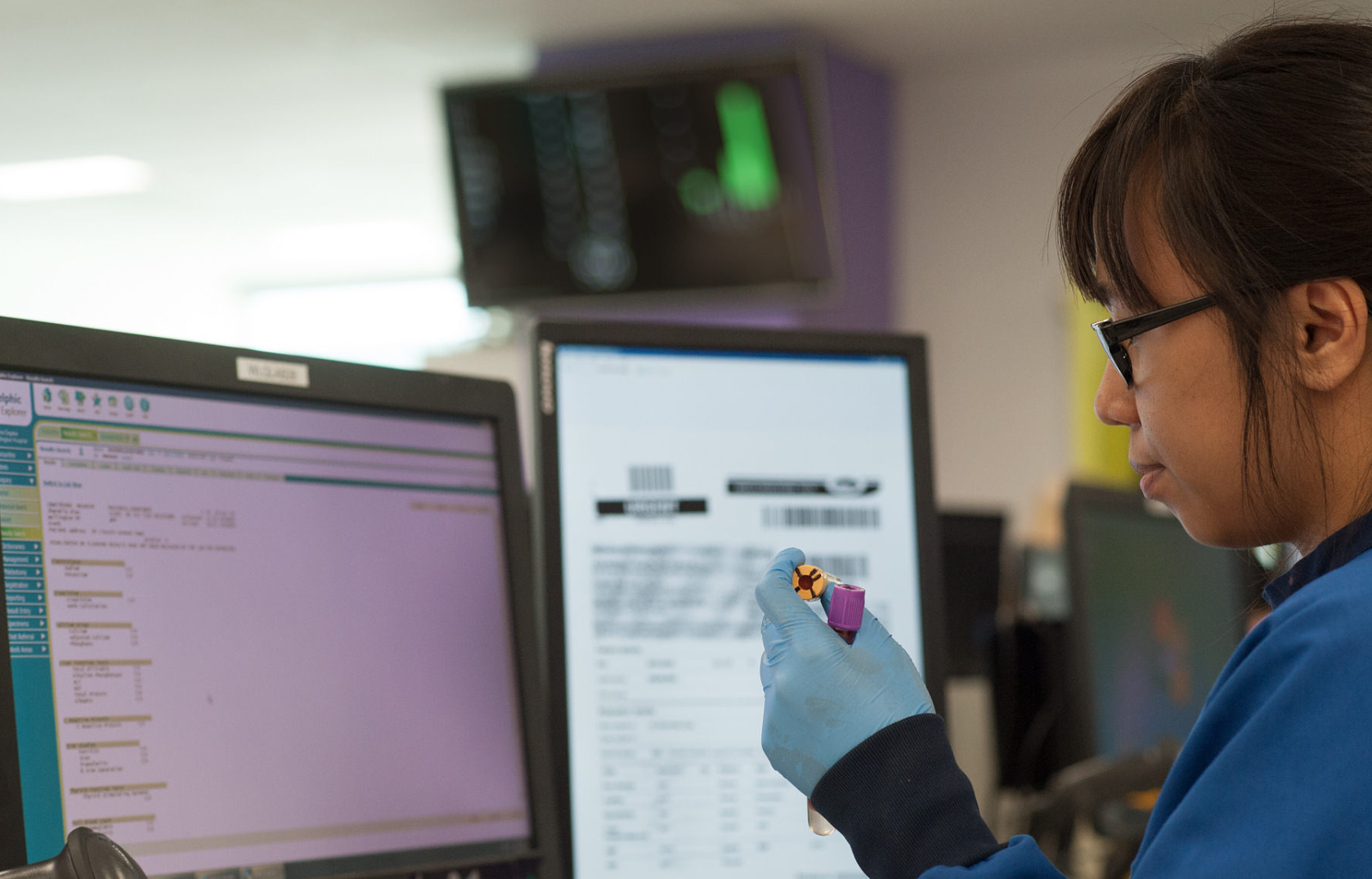Awanui Labs this year completed the final phase of Project NOVA, the deployment of a single core information system for the organisation’s human pathology laboratories across the country.
In this article, Chief Information Officer Brent Glanville discusses being involved with the project, beginning with the first meeting in December 2017.
“The origins of Project NOVA began in late 2017 when the organisation had to change to a new information system. The underlying database we operated at the time was no longer supported and the decision was made to move across to the Oracle platform. However, this was not supported by the separate ULTRA data systems running SCL and Labtests at the time,” says Brent.
“Initially we wanted to bring the systems together, but merging the data was not possible so it was decided a new, clean database was needed. Right from the start, we knew this was going to be huge, but it gave us a lot of opportunities for aligning our information and data system for the labs across the country.”
Brent says a ‘green fields’ approach was taken, and workshops were held to develop the strategic plan and set up a dedicated management team and the technical reference groups (TRG).
“Redesigning the infrastructure to make it more robust and able to be ‘patched’ for cyber security purposes was critical to its success. Other critical parts of NOVA included disaster recovery capability and inputting into the data warehouse on real time to provide immediate information to the rest of the business.
“We had a lot of our IT team involved from the beginning. We found each site did things slightly differently, so it was a matter of identifying the solutions which would work for everybody without creating a maintenance nightmare moving forward,” says Brent.
“In conjunction with the TRGs, our project team also had responsibility for reviewing and migrating the many of thousands of panels (a group of tests and their rules) across to NOVA. Design changes allowed us to reduce the number of panels needing reconfiguration and reviewing and migrating across patient, clinician, and billing details from both existing ULTRA systems.”
Brent says it was always like the team was shooting at a moving target.
“NOVA had to be interfaced with the analysers in the laboratories, vendor middleware, scanning, electronic orders and reporting of results to data repositories. All of this needed to be done whilst the current systems were running.
“New technology, such as analysers and tests were coming into the labs, and the network expanded to include Taranaki in this time. All these changes also needed to be made in NOVA and tested. The COVID-19 pandemic also effected NOVA with IT resource being required elsewhere.”
With the complexity of the network, and the inter-laboratory workflows, the transition to NOVA was always going to be a challenge.
“A ‘big bang’ approach was considered which would have solved the workflow issues but the resource requirements, and more importantly the risk to the company was too great,” says Brent.
“Therefore, given the size of the network, the volumes of tests being carried out each day, and after consultation with lab managers and extensive user and laboratory load testing, a phased approach was agreed.
“After a successful load test and extensive testing, the first lab to move to NOVA was Christchurch in July 2022. This gave the project and IT teams the ability to rectify any issues with the software applications and make certain the load going onto NOVA was successfully handled.
“Staff were given practical training on using NOVA such as becoming familiar with the new panel codes, adapting to different screen layouts, and the process changes which came with using the system. A key component of success was the ‘super users,’ who were lab users given more in-depth training on NOVA and were instantly available on the lab floor,” says Brent.
The deployment to the northern region was the final stage of the roll-out. Awanui Labs now has the technology and information systems to deliver greater consistency and efficiency for collecting, collating, storing, and reporting on the patient test data and better outcomes for staff, clinicians, and patients.
“NOVA is about working smarter for the future. The consolidated information system gives us greater resilience and performance for our information platforms and easier, faster access to national data warehouses and management tools,” says Brent.
“The time it has taken to complete the roll-out really shows the huge amount of work, perseverance and effort by our people and the challenge of completing project of this scale and complexity. Once you start, you have no ability to row back, and must keep going. Even though the project has been a success, you never quite know until it goes live.
“We had such experienced and talented people on the project and fantastic support from everyone in the labs. I want to acknowledge our IT team who managed this project from the start and got it across the line, especially having worked for a long time on a system which was not live, and yet maintained their focus and commitment.”
The work continues even with deployment complete with several NOVA-related projects running.
“The technology and information systems in our labs is changing all the time. NOVA has given us the opportunity to improve our disaster recovery capability, having a failover in place between the Christchurch and Auckland data centres, and enhance our cyber security.
“But we are continuing to deliver more efficiency and consistency in how we collect, store, and report our data. Before NOVA, we had to get data from two separate systems, and there was a lot of manual work involved. Now this is so much quicker and accessible for our staff and delivering more efficient and faster reporting of results for referrers and patients across the country,” says Brent.
